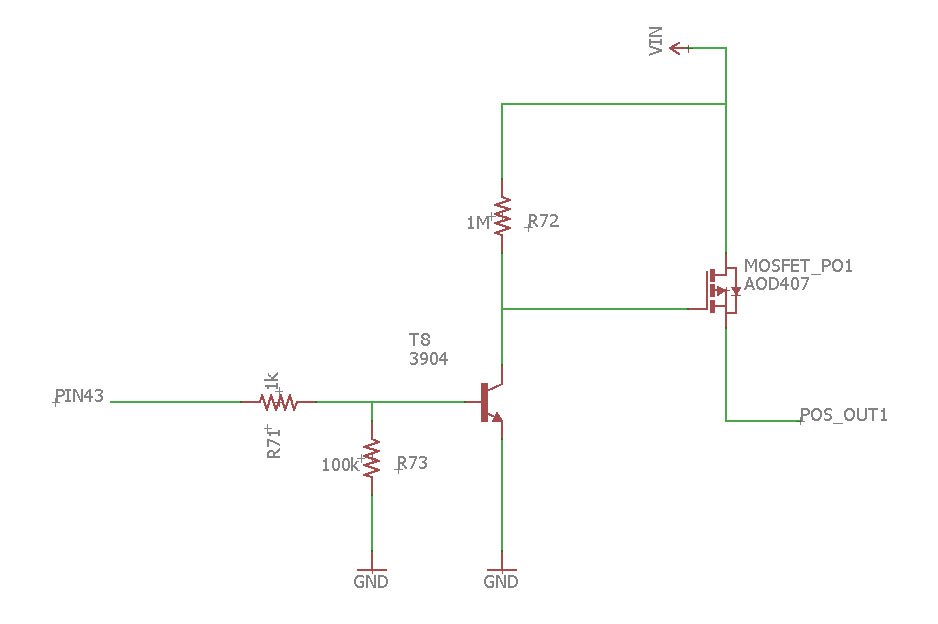MOSFET High-Current Switching Made Easy

⚠️ The Problem : High-Current Switching Challenges
When switching high currents (like 5A or more) using a MOSFET, many beginners face issues like overheating, voltage drop, or even MOSFET failure. This happens due to incorrect gate drive voltage, poor heat sinking, or choosing the wrong MOSFET not rated for continuous high current.
🔧 The Solution : Use Properly Rated MOSFETs and Gate Drive
To fix this, choose a low R<sub>DS(on)</sub> N-channel MOSFET with a continuous current rating higher than your load. Also, ensure the gate is driven fully (usually 10V for many MOSFETs) to turn it on completely and avoid partial conduction (which causes heating). Add a heatsink or thermal pad where needed.
💡 Practical Example : Driving a 12V DC Motor
Let’s say you’re switching a 12V, 8A motor. You use an IRFZ44N, which handles up to 49A (with proper cooling) and has low R<sub>DS(on)</sub>. Drive the gate with 10V using a microcontroller + gate driver, and your switch will be cool and efficient.
🧮 Sample Calculation : Power Dissipation
If R<sub>DS(on)</sub> = 0.03Ω and current = 8A:
P = I² × R = 8² × 0.03 = 1.92W — enough to require a heatsink!
🛍️ Product Suggestion :
Shop now at SmartXProKits.in
Support our work and India’s innovation—buy from our Make in India site!




















